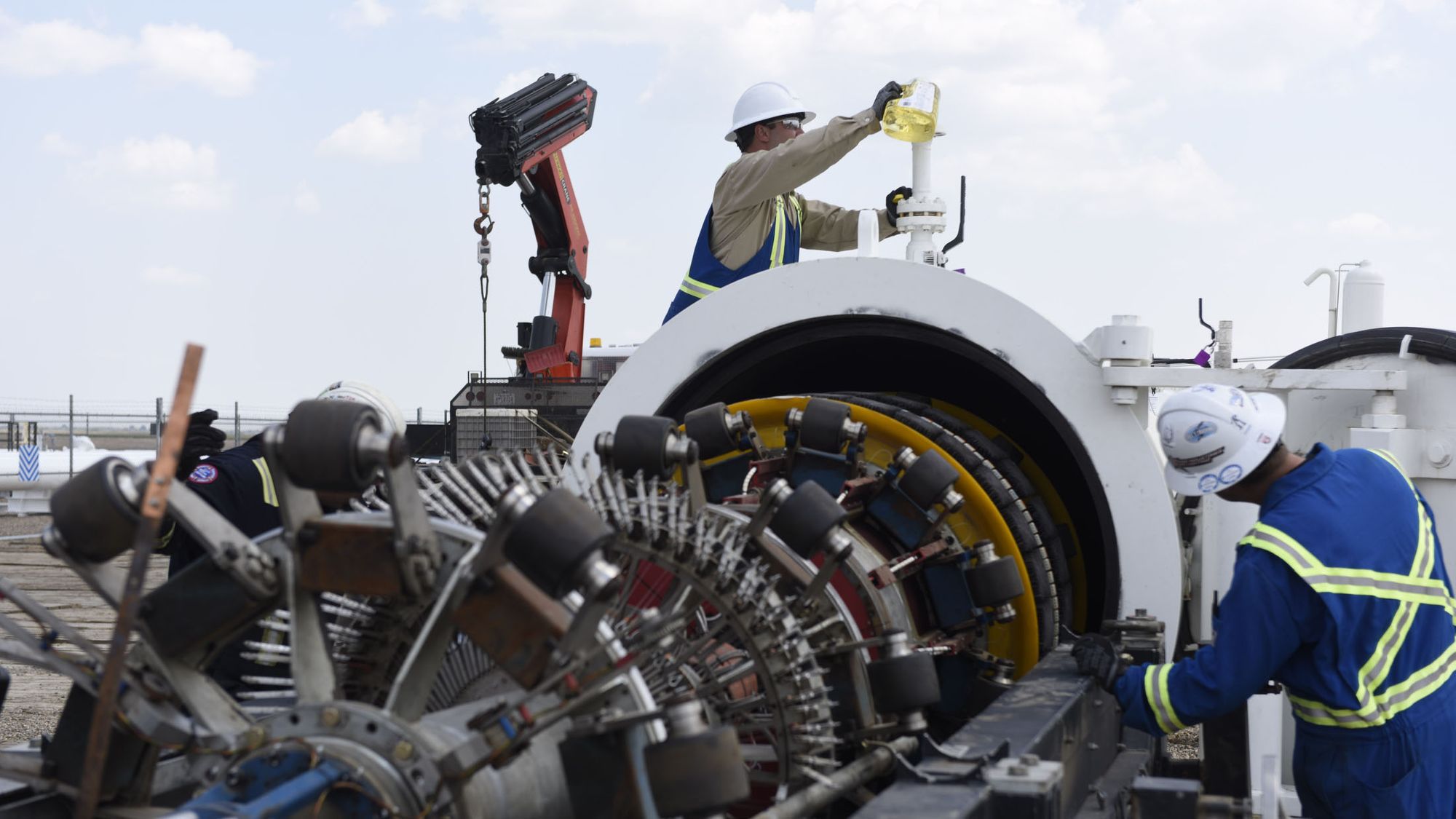Pipeline Inspection for Non-Pipeliners
How to make sense of this one engineer's calls about a "tool run"

You get a call from a small department in your company
"Hey, this is Jim Bob and I need this information..."
You find out that he is asking to put some strange "tool" in your line and start freaking out.
"Will this take the line out of service?"
"Why have I never heard of this tool before?"
"Who is Jim Bob?"
For those not close to in line inspection, running tools can seem dangerous and risky. To those that know about what they are, they are crucial to prevent greater consequence events happening.
Whether just starting out or not familiar with how pipeline inspection works, this post is for you.
Scroll down for a summary of what information is important to you during your next pipeline inspection.
What is Pipeline Inspection
Pipeline Inspection is plumbing on for the oil, gas, and chemicals industry
Just like having a plumber check your pipes when it has a leak, inspection methods are a clean and easy way of finding potential areas of concern of large pipelines.
PHMSA requires operators to have their lines inspected and tested on regular intervals to prevent incidents like this
Fast forward a few decades and most operators are still grinding to get all their pipelines inspected. Operators are still learning new things or hearing about pigs and tools for the first time.
This post will tell you what do you need to know and what to expect when you get a call about an In Line Inspection (ILI)
What is a Pig and a Smart Tool
Pigs and tools are used synonymously. However, they can mean different things. Just like fruits are a broad category of food (apples, bananas, oranges) pigs and tools cover different designs and technologies.
- Add alt text

For a good description of the different kinds of tools - see the chart below.
- Add alt text

Their similarities are that they are run inside the pipeline while the line is *in-service*. You don't need to take a down time to run these tools. However, you may have to adjust based on the flow requirements to allow the tool to run. More advanced technologies require precise flows and pressures, which can be an issue if you want to maximize the output of your line.
At a high level, in line inspection is an easy to understand process, and has minimal business impacts when done correctly.
How does In Line Inspection Work
In line inspection execution begins with tool selection and job preparation. Common tools include:
- Deformation and Caliper (DEF)
- Magnetic Flux Leakage (MFL)
- Geolocation (XYZ/Mapping)
- Transverse Field Inspection (TFI)
- Ultrasonic tools (UT/Quest)
The magnetic tools (TFI and MFL) are more restrictive on flow rates and pressures and line sizes due to their magnets. The field produces drag while moving through the line and has a potential to get stuck. DEF and UT tools do not have these issues and can be run smoothly with less precise flow rates.
Depending on the size of the tool, the job site will need to be cleared. A typical pig launcher/reciever looks like this
- Add alt text

The trap can be isolated by closing the Kicker and Mainline Valves and flaring the contents of the trap barrel and nominal piping. From there the tool can be placed inside the oversize barrel and pushed into the nominal (smaller) size piping near the mainline valve. The trap door is then closed and bolted and product is introduced to build pressure in the trap to propel the pig into the mainline once the valve is opened. There is usually a pig indicator that is tripped to show the pig has launched.
- Add alt text

Receiving the pig is much like launching. The alignment of the valves will have the mainline valve open and the bypass valve (bottom right of above diagram) closed in order for the pig to be caught by the trap. Once inside, the trap is isolated and purged for tool removal and vendor acceptance and data collection.
What happens after In Line Inspection
PHMSA requirements also state that after an inspection there is 180 days until the repair plan (if any) should be released. This will show the integrity threats to the line and give a timeline to when they need to be completed to be in compliance. Out of compliance lines are either shut down or run at reduced pressures in order to mitigate integrity threats.
Rare cases of "immediate repairs" come within a week of the inspection and are reported by the tool vendor.
When planning these runs, make sure the 6 month timeframe does not run into peak operation times and mitigate other peak loads. Be in good communication with the project manager to be updated monthly on the progress of the repair plan and make changes to schedules accordingly.
Recap
What you need to know:
- ILI at a high level is in service and is 3 parts (launch, travel, receive)
- Pigging/ILI requires certain flow rates so the pig doesn't get stuck
- ILI is done in service and doesn't require down times
- Make sure you have the requirements of the tool needed to ensure a good run
- Be on the lookout in 6 months for a repair plan (if any)
For those that need pigging and in line inspection services and consulting, reach out to me and we can discuss solutions for your next ILI
